Jul 04 – Gorham’s Cave Neanderthal ‘Barbecue’ Revealed In Striking Detail
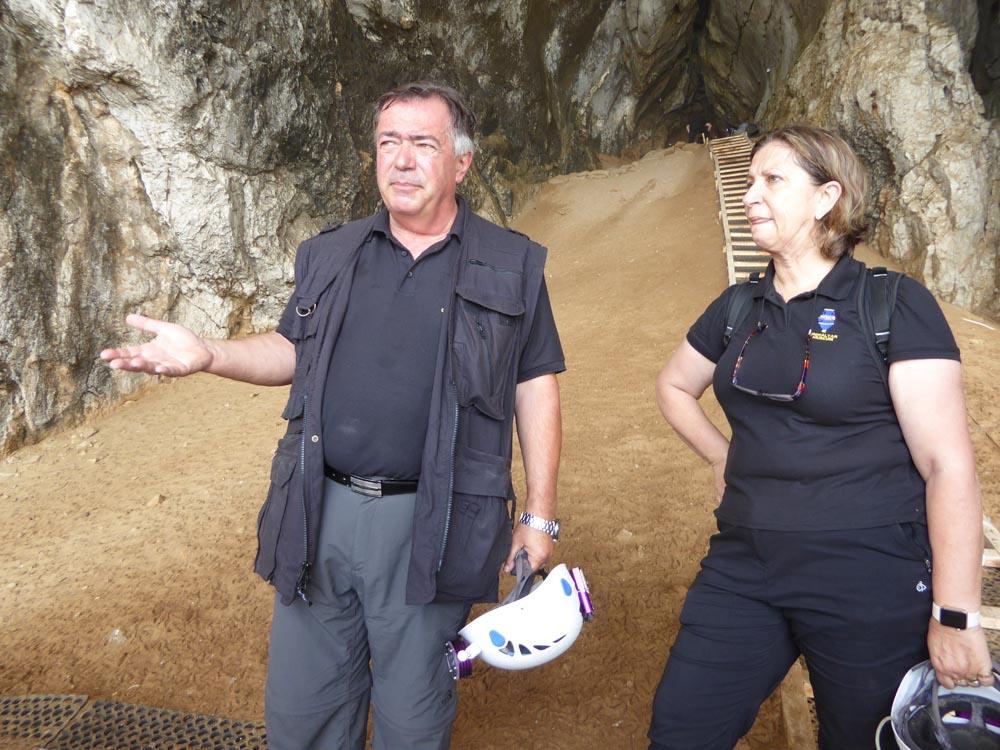 Picture the scene: around 48,000 years ago, a small group of Neanderthals sought refuge in Gorham’s Cave on the eastside of the Rock. With them, they brought the day’s kill: an Ibex.
Picture the scene: around 48,000 years ago, a small group of Neanderthals sought refuge in Gorham’s Cave on the eastside of the Rock. With them, they brought the day’s kill: an Ibex.
They butchered the beast with sharp stone tools and placed chunks of meat on a small fire fuelled by wood and pine cones.
While they waited for the fire to get going, they sharpened their tools, ready for another hunt, another mammal carcass that needs carving. A later visit would see them feast on a rabbit. Welcome to the Neanderthal barbecue…
The traces left by such a scene – bones, flints and a clear layer of charcoal sediment – have now been unearthed in Gorham’s Cave at the start of the Gibraltar Museum’s dig season.
Professor Clive Finlayson says he is amazed by the how well preserved this latest find is, revealing a level of detail which is rarely encountered.
This discovery, together with new safety measures to protect visitors accessing the area, bodes well for the caves’ UNESCO World Heritage bid, the result of which is set to be announced in around ten days in Istanbul, Turkey.
Pic: Ibex remains. Left: Clive and Geraldine Finlayson.
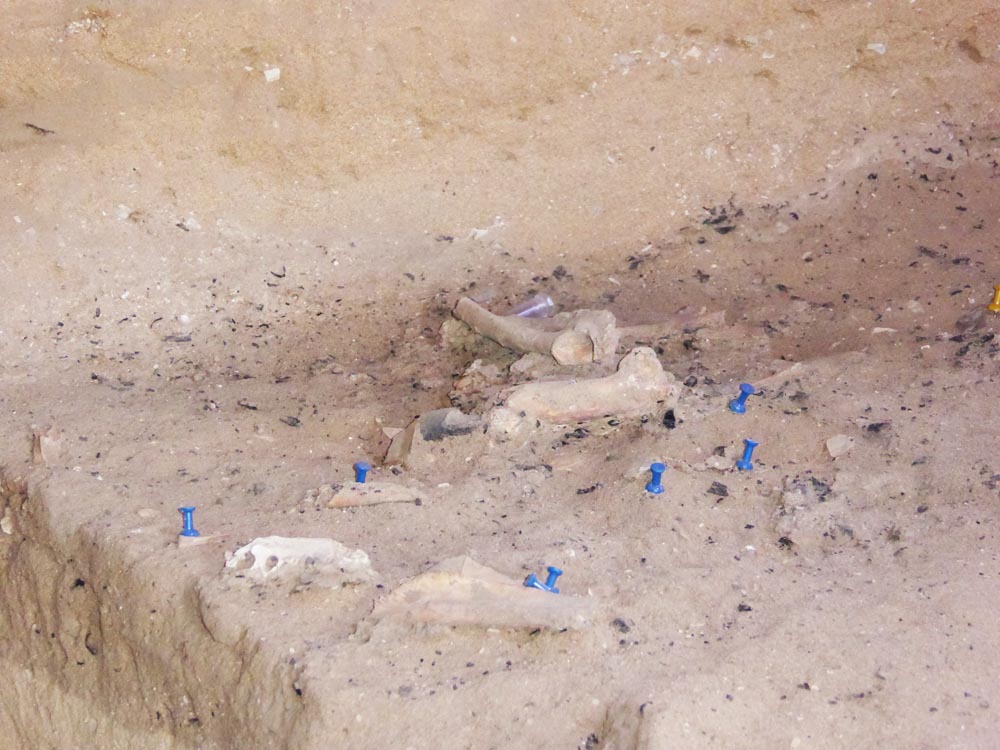 RESEARCH COLLABORATIONS
RESEARCH COLLABORATIONS
Professor Finlayson also briefed the press on upcoming research collaborations with other academic institutions. He said the Museum was arranging to bring students from Liverpool John Moores University to the caves.
Dr Richard Jennings, an academic at that university who has been working at the site since his Oxford student days said: “I’ve been working at these caves for about fifteen years – it’s really a fantastic place to work. I’m very excited by this opportunity to invite students to come here and experience the excavations.”
Another collaboration on the horizon involves a three-way partnership between the Gibraltar Museum, Liverpool John Moores University and the Getty Conservation Institute in California. This project involves “databasing” – a method of recording heritage for future generations and research.
Pic: Stone tool
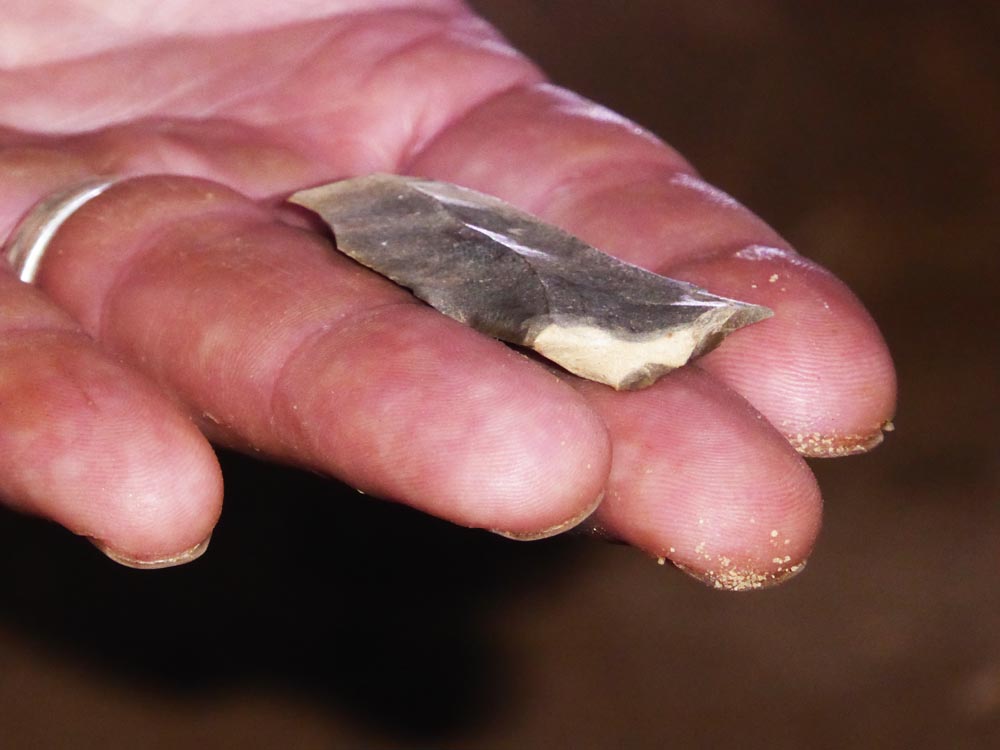
VANGUARD CAVE
Over at Vanguard Cave, where researchers are only uncovering the very first few layers of what promises to be a site as rich as Gorham’s, the dish of the day was shellfish.
Geraldine Finlayson, from the Gibraltar Museum, said: “The evidence is that they came into the cave, they built a small fire and cooked shellfish. Whilst they were doing that they probably sharpened their tools and then they left and this sand dune covered it.”
The Neanderthals probably came in at intervals and then only for short stretches of time. During much of the time that the caves were used for shelter, the shore was several kilometers beyond the current shoreline which means that the caves’ inhabitants would have had a fertile hunting ground stretching in front of them with shrubs, pines, marsh land and small streams.
Recent finds at Vanguard include a limpet shell and a mussel shell, bird bones and fish scales.
Although still in its early stages, the work at Vanguard represents “a very unique opportunity” to study sand dune formation.
Many of the layers being painstakingly uncovered and sieved are made up of very fragile, fine sand which has come via gusts of wind from the Sahara and prehistoric dunes.
Cutting through cross-sections is now enabling researchers to study historical climate change and the flora and fauna of the Neanderthal environment.
Professor Finlayson stressed the patience needed in any complex archaeological project where any progress is measured in centimeters and years; one small section, which can be worked on through an entire season, can potentially yield thousands of years of information.
Pic: Vanguard Cave
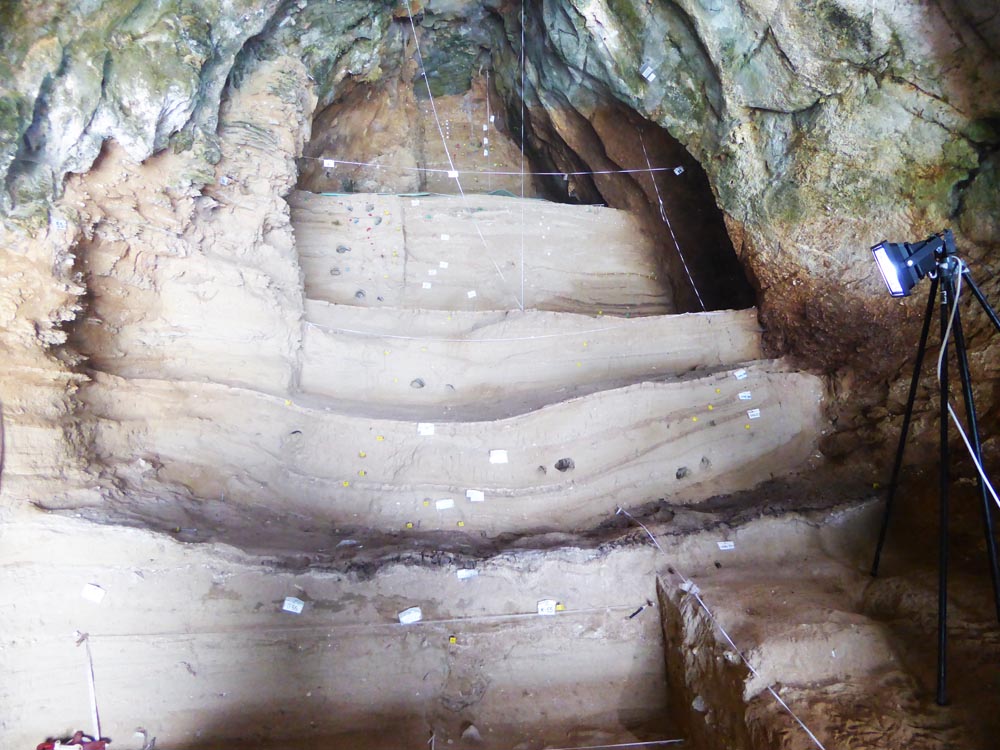
Further pics: Shellfish remains, view from the caves and press pack coming down the steps.
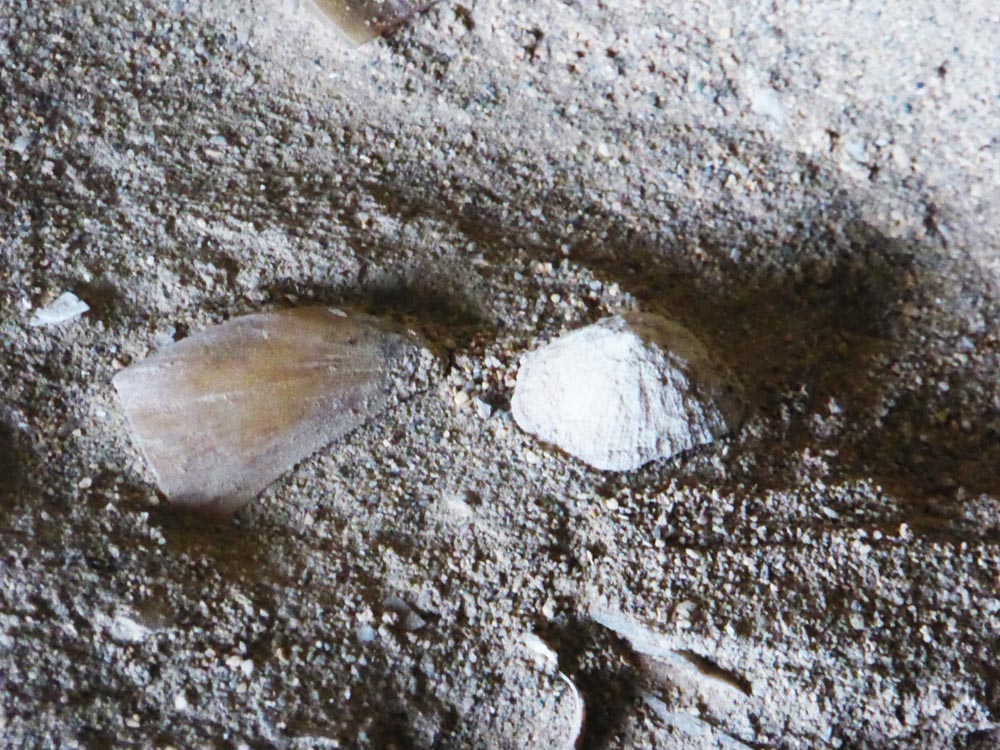
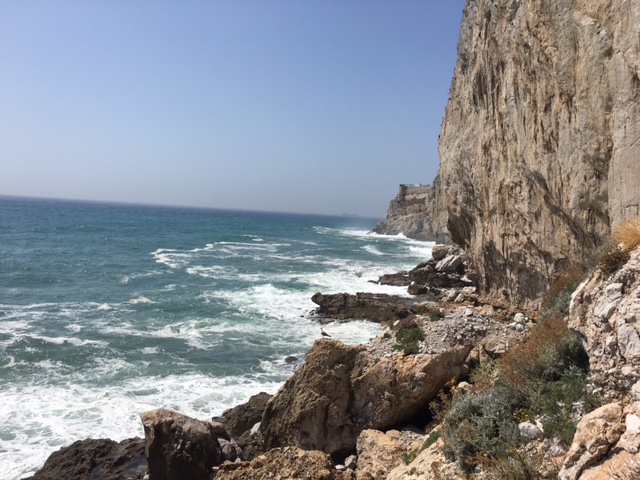
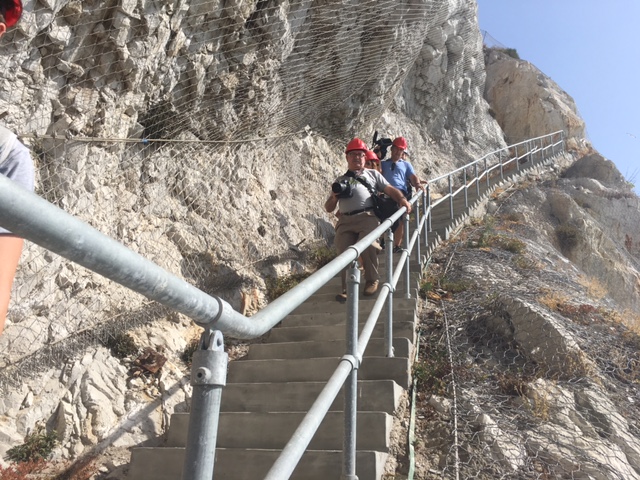
{fcomment}






